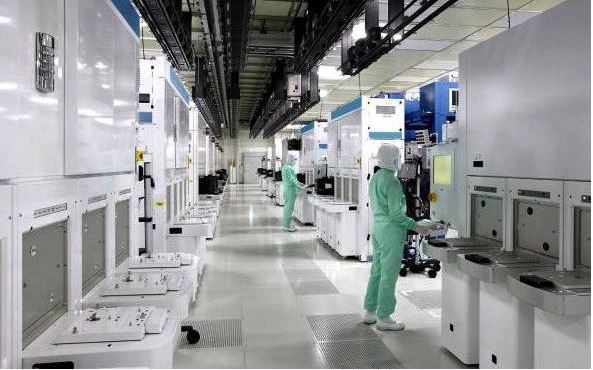
Samsung Electronics and SK hynix have reportedly stopped selling their old semiconductor equipment to China. The move comes in response to the United States urging them to align with its controls on semiconductor exports to China.
The Financial Times (FT) cited several industry insiders on March 12 stating that “Samsung Electronics and SK hynix are storing their used semiconductor equipment in warehouses instead of selling it.” This decision is attributed to concerns over a potential backlash from the United States.
Both companies had previously sold their outdated equipment, rendered unnecessary by upgrades in their production processes, in the used market. The semiconductor industry must choose between selling, storing, or disposing of such equipment, and there has been significant demand for these older semiconductors in China for use in electronics and automobiles. However, starting in 2022, with the U.S. tightening controls on semiconductor exports to China, the companies have pivoted towards storing the equipment. Even equipment like lithography machines, which etch circuit patterns onto silicon wafers, can be refurbished for cutting-edge semiconductor production despite being over a decade old.
The companies have been reserved in their comments. However, it is speculated that with the U.S. government considering major subsidies and other support measures, South Korean firms are compelled to follow U.S. guidelines. An industry insider noted, “Korean companies used to sell old equipment to China when there were no geopolitical tensions between the U.S. and China. However, given the current sensitive climate, they are being cautious.”
This shift in policy reflects the broader geopolitical landscape affecting global semiconductor trade, with companies adapting to the complex dynamics between the U.S. and China.


